17 Appliance Brands Your Parents Trusted That Don’t Exist Anymore
There was a time when certain appliance brands felt like permanent fixtures—printed on your grandmother’s oven door or humming away behind the laundry room wall. People trusted them to work, day after day, without much fuss.
Over the years, though, many of those familiar logos quietly disappeared from households, for one reason or another. Here are some appliance brands your parents relied on that you rarely see anymore.
Westinghouse
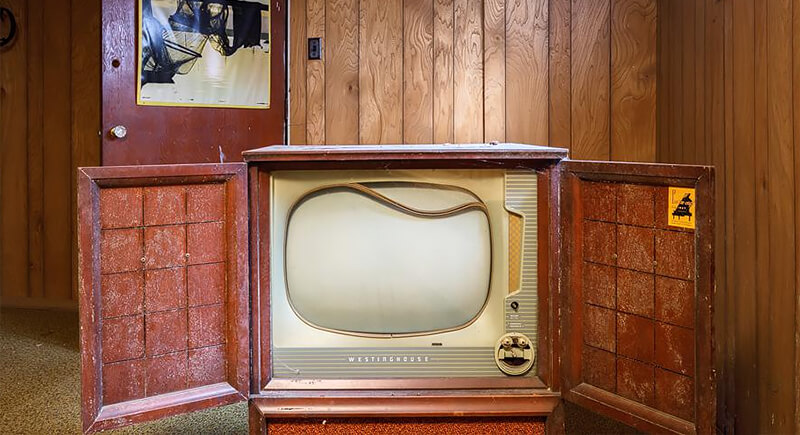
Credit: Reddit
They made washers, air conditioners, and even TVs for a while. Westinghouse felt like it was everywhere, but it never quite kept up with companies like GE. As time passed, they left home appliances behind and shifted toward energy and broadcasting.
Philco
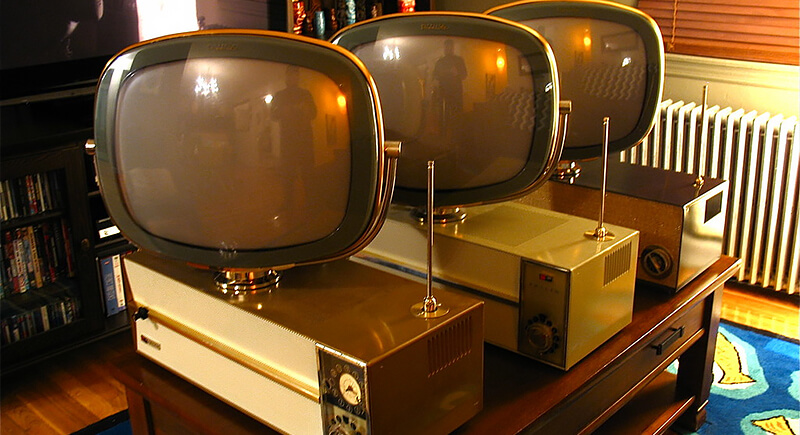
Credit: flickr
If you’ve ever seen an old radio in a wood cabinet, there’s a good chance it was a Philco. The company began with batteries but became known for stylish, reliable radios and TVs that brought families together.
Zenith
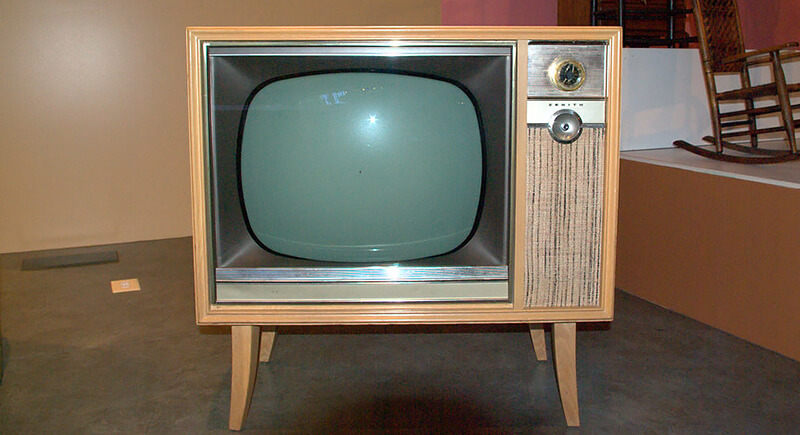
Credit: flickr
At one point, a Zenith television was a staple in mid-century homes. The company built its products in the U.S., and many families stuck with them because the TVs held up well and didn’t feel behind the times. They even invented the first practical remote—the Flash-Matic—which was a pretty significant innovation at the time.
Magnavox
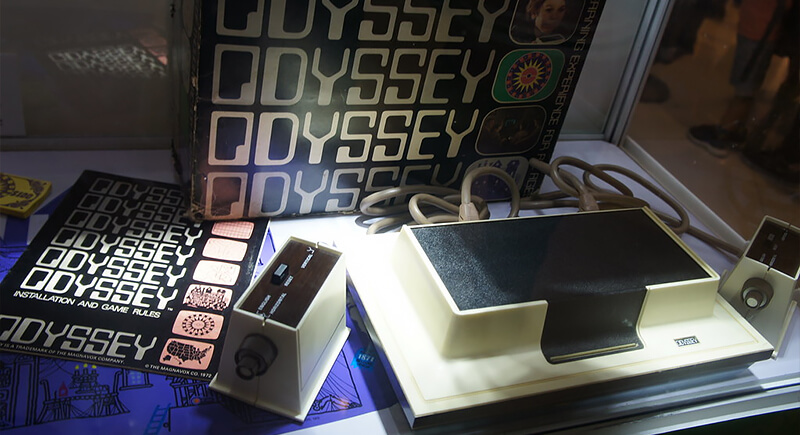
Credit: flickr
You don’t hear much about Mangnavox anymore outside retro gaming circles. But before smart TVs and surround sound, families gathered around the brand’s sets for entertainment. The brains behind the company’s progress went on to launch the Odyssey—the first home video game console.
Tappan
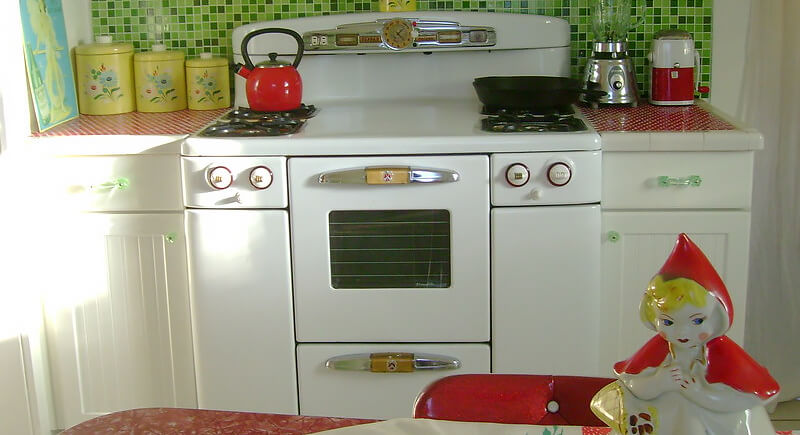
Credit: flickr
Your grandma’s colorful porcelain oven is probably a Tappan. After all, its appliances are remembered for their vintage style and smart kitchen innovations, including the first home microwave and gas stove with electric ignition. Electrolux acquired the brand in 1979 and absorbed it into a broader product line.
Quasar

Credit: Reddit
Most suburban homes in the ‘70s had a Quasar TV in their living room. It had a solid reputation for sharp picture quality and a space-saving drawer-style design. The brand initially started under Motorola and was then bought by Panasonic before being dropped altogether.
RCA
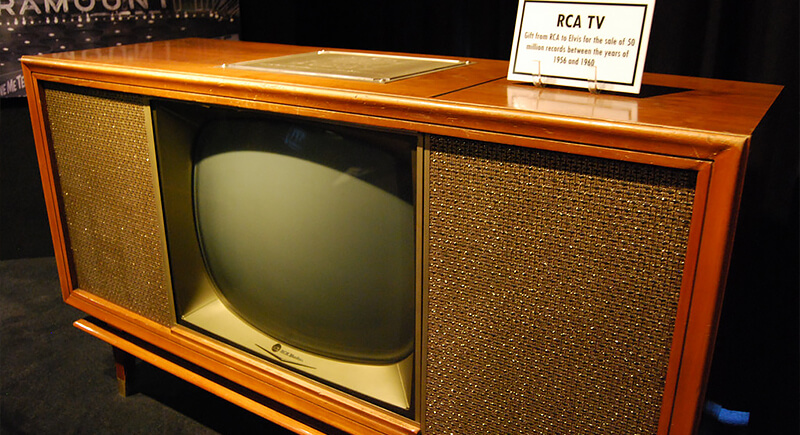
Credit: flickr
This is the company that brought affordable TV sets into American homes, but it did not last. RCA kept expanding and lost its focus soon enough. After a string of ownership changes, the brand is no longer prominent in the market.
Norge

Credit: Youtube
A postwar favorite, Norge refrigerators and washing machines were dependable, no-fuss appliances that got the job done. Somehow, the brand ended up being bought out and dropped from product lines. Today, you’ll mostly find them at repair forums or old serial plates if the name comes up.
Kalamazoo Stove Company

Credit: flickr
Kalamazoo’s direct-to-consumer sales pitch and a huge mail-order presence helped it land in homes across the U.S. The company even introduced an electric range in the late ’40s. However, after pausing production during WWII to support the war effort, it had trouble restarting appliance production.
International Harvester
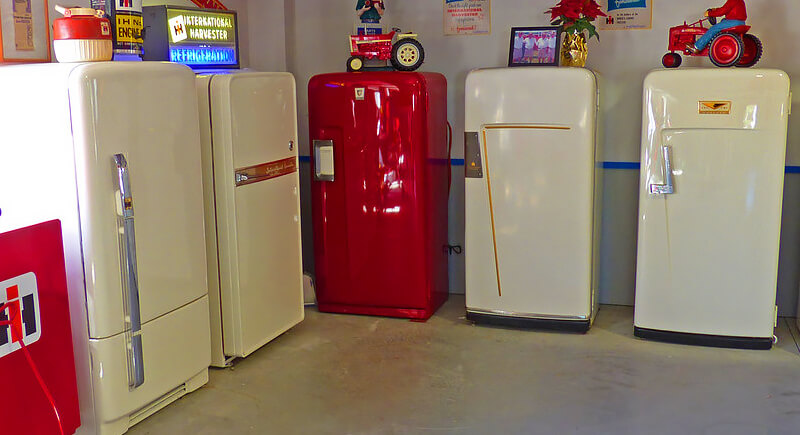
Credit: flickr
Popular for its tractors, International Harvester made a surprising leap into refrigerators after WWII. At first, their rural customers weren’t used to refrigeration, but a campaign featuring color options and “femineering” design helped win them over. The fridges gained popularity quickly, but production lasted only about a decade before the company ended its refrigerator line entirely.
Chambers

Credit: Reddit
Back when stoves were called “fireless cookers,” Chambers was leading the charge with insulated ovens that cooked using retained heat. This Shelbyville, Indiana, company stuck to that original design well into the 1960s.
Caloric
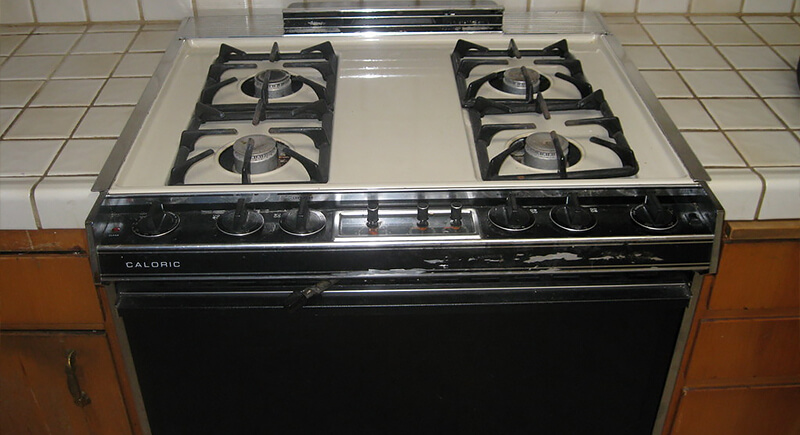
Credit: flickr
Originally known as the Klein Stove Company, Caloric became a household name in the mid-20th century with coordinated appliance sets made for new homes. Their ovens were stylish, efficient, and part of the postwar upgrade wave.
Crosley

Credit: Facebook
Crosley didn’t just make appliances—they even dabbled in compact cars. Their refrigerators stood out with innovations like built-in door shelves. The brand built a reputation on price and practicality.
Brown Stove Works

Credit: flickr
Brown Stove Works appealed to families who wanted appliances that didn’t need replacing anytime soon. As newer designs and digital features took over the market, Brown slowly fell out of view and eventually ceased operations without much notice.